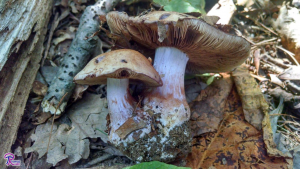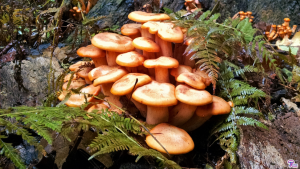#112: Monotropa uniflora, Ghost Plant, Indian Pipe, or Corpse Plant
On September 30, 1882, Emily Dickinson wrote the following in a letter to Mabel Loomis Todd: That without suspecting it you should send me the preferred flower of life, seems almost supernatural, and the sweet glee that I felt at meeting it, I could confide to none—I still cherish the clutch with which I bore it from the ground when a wondering child, an unearthly booty, and maturity only enhances mystery, never decreases it— The previous week, she had received a gift from Mabel Todd: a painting of Monotropa uniflora. These ethereal plants happened to rank among Emily Dickinson’s favorite wildflowers, thus prompting the response above. In the same letter, Dickinson gave Todd the poem “A Route of Evanescence” in return for the painting with a note explaining, “I cannot make an Indian Pipe but please accept a Humming Bird.” Many people have likened the Ghost Plant to the reclusive...







![#011: Characteristics of Kingdom Fungi [Archived]](https://www.fungusfactfriday.com/wp-content/themes/hueman/assets/front/img/thumb-small-empty.png)


